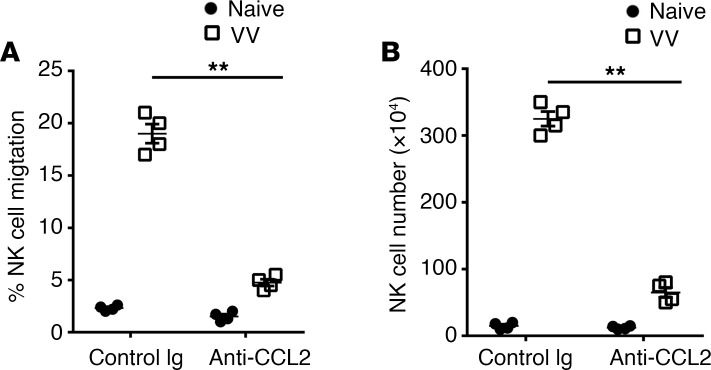Figure 4. CCL2 is responsible for NK cell recruitment to the site of VV infection.
(A) C57B/L6 mice were infected with VV (5 × 106 PFU, i.p.) or left uninfected (Naive). 72 hours later, the peritoneal CD3–DX5+ NK cells and the peritoneal fluid were collected for in vitro NK cell migration assay using the Transwell chamber. The peritoneal fluid was mixed with a neutralizing anti-CCL2 antibody (2 μg/ml) or a control Ig and added in the lower chamber, and NK cells were added to the upper chamber. After 5 hours incubation at 37°C, the number of NK cells migrated to the lower chamber was measured. The data represent %NK cells ± SD (n = 4) migrated to the lower chamber over total input NK cells on the upper chamber. (B) C57BL/6 mice were treated with anti-CCL2–neutralizing antibody (20 μg per mouse, daily beginning day –1) or a control Ig. On day 0, mice were infected with VV (5 × 106 PFU, i.p.) or left uninfected (naive). Three days later, peritoneal fluid was harvested and assayed for DX5+CD3– NK cells by flow cytometry. The mean absolute NK cell numbers ± SD are shown (n = 3). **P < 0.01, 2-tailed Student’s t test.

